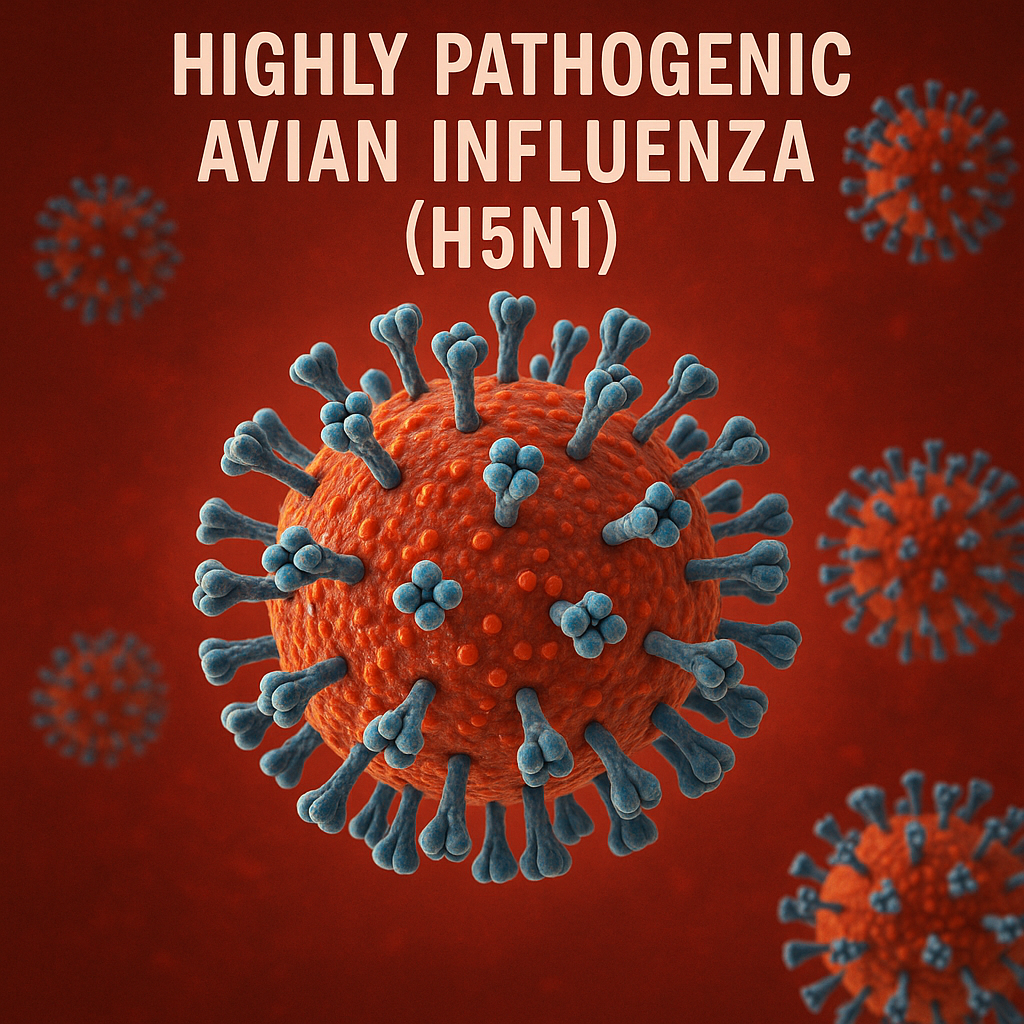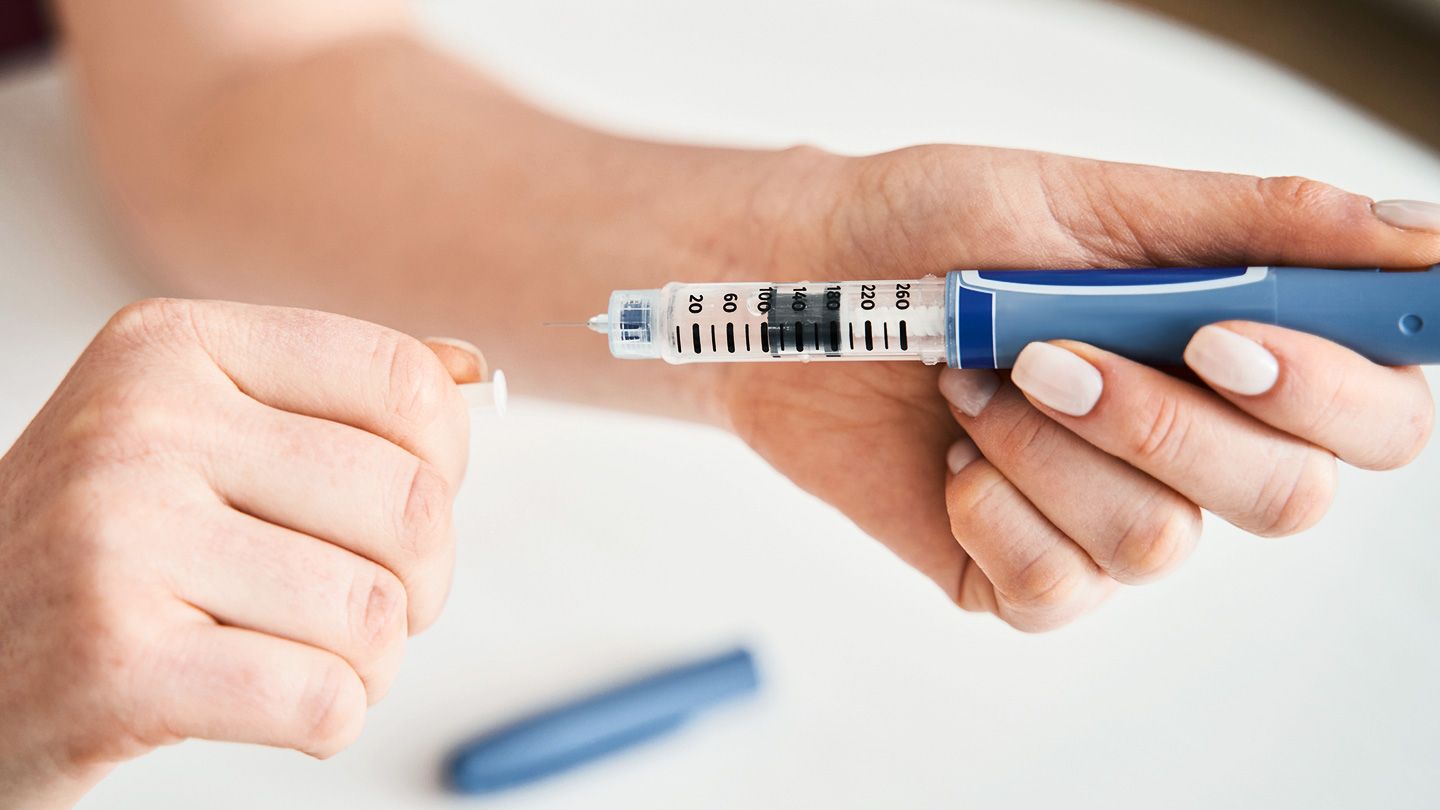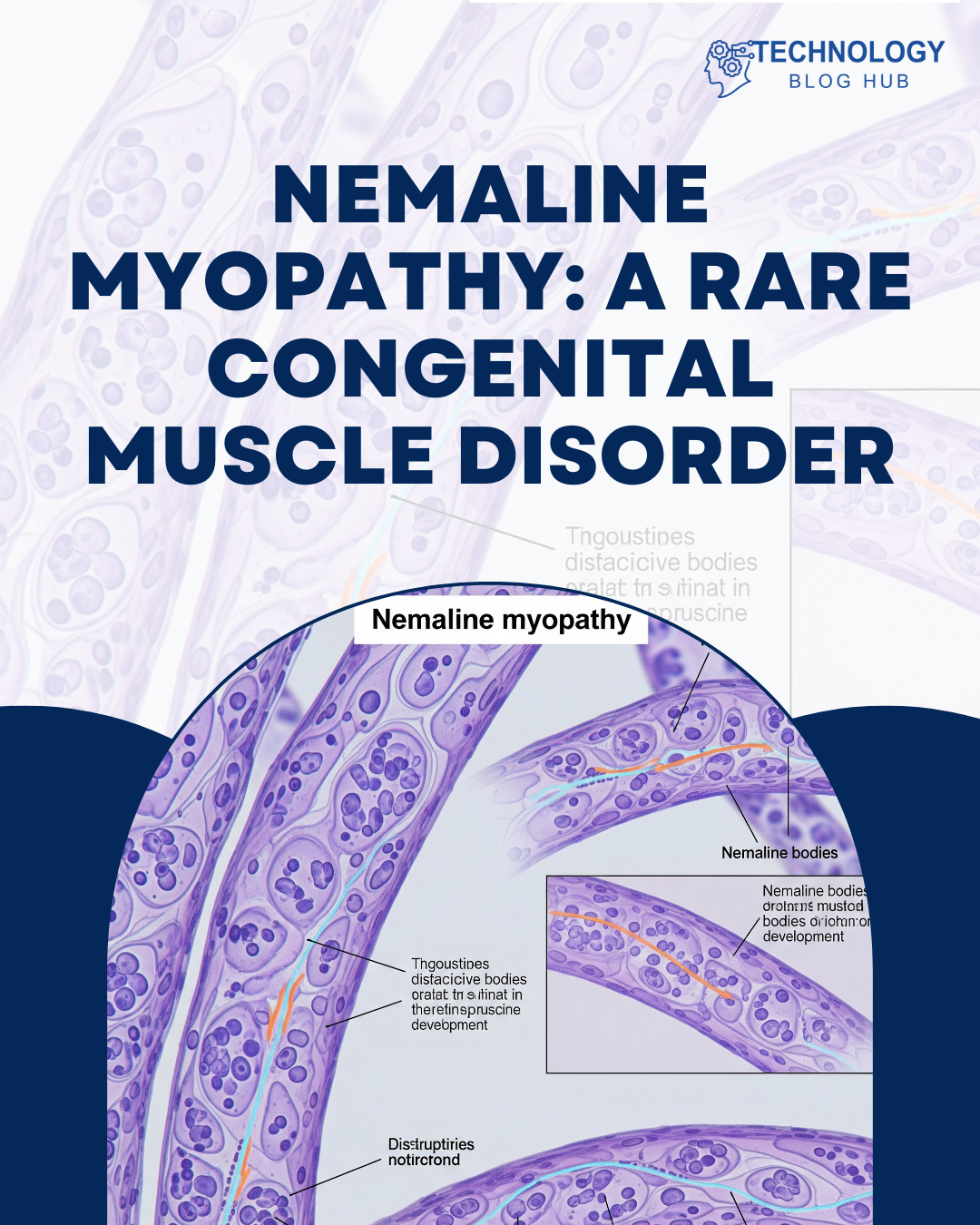
Induced Pluripotent Stem Cells (iPSCs) are transforming the field of regenerative medicine, offering new hope for treating a variety of diseases and injuries. Since their discovery, iPSCs have opened up possibilities for creating patient-specific therapies, reducing the risk of immune rejection, and addressing ethical concerns associated with using embryonic stem cells. Let’s explore what iPSCs are, how they’re used in regenerative medicine, and the potential they hold for the future of personalized healthcare.
What Are Induced Pluripotent Stem Cells (iPSCs)?
Induced Pluripotent Stem Cells, or iPSCs, are a type of stem cell that can be generated directly from adult cells. They are derived through a process known as “reprogramming,” which involves introducing specific genes or molecules into adult cells (such as skin or blood cells) to convert them into pluripotent stem cells. Pluripotent cells have the ability to develop into almost any cell type in the body, similar to embryonic stem cells, making them incredibly valuable for medical research and therapeutic applications.
The groundbreaking discovery of iPSCs by Dr. Shinya Yamanaka and his team in 2006 earned him a Nobel Prize and transformed the field of regenerative medicine. Unlike embryonic stem cells, iPSCs are created from adult cells, meaning they avoid the ethical issues tied to embryo use. Additionally, because iPSCs can be derived from a patient’s own cells, they minimize the risk of immune rejection when used for therapy.
How iPSCs Are Utilized in Regenerative Medicine
iPSCs are particularly valuable in regenerative medicine, where the goal is to repair or replace damaged tissues and organs. Here’s how iPSCs are contributing to the field:
1. Patient-Specific Therapies
One of the primary advantages of iPSCs is that they can be generated from a patient’s own cells, creating the foundation for personalized medicine. For example, cells from a patient with a degenerative disease can be reprogrammed into iPSCs, differentiated into the desired cell type, and then reintroduced into the patient’s body to repair damaged tissues. This patient-specific approach minimizes the likelihood of immune rejection because the body recognizes the cells as its own.
In conditions like Parkinson’s disease, where dopamine-producing neurons die, iPSCs derived from a patient’s cells can be programmed to become dopamine-producing neurons and transplanted back into the brain. This strategy provides a promising avenue for treating neurodegenerative diseases without the need for immune-suppressing drugs.
2. Disease Modeling and Drug Testing
iPSCs offer a unique opportunity to create “disease models” in the lab, allowing scientists to study the underlying mechanisms of diseases and test potential drugs. By creating iPSCs from patients with genetic conditions, researchers can differentiate these cells into the affected cell type and observe disease progression at a cellular level. This helps in identifying how certain diseases develop, which can lead to more targeted treatments.
For instance, iPSCs from a patient with heart disease can be differentiated into heart cells (cardiomyocytes) in the lab. Researchers can then study these cells to better understand the condition and test new drugs in a controlled environment, speeding up the drug development process.
3. Tissue and Organ Regeneration
iPSCs hold immense potential for regenerating damaged tissues and, in the future, possibly even entire organs. Scientists are experimenting with iPSCs to create complex tissues such as heart muscle, liver tissue, and pancreatic cells. Although creating fully functional organs from iPSCs is still in the experimental stage, researchers are making progress in generating tissue grafts that could be used to repair damaged organs.
In burn victims, for example, iPSCs can be differentiated into skin cells and used to create skin grafts for transplantation. Similarly, iPSCs are being explored for regenerating heart tissue after a heart attack, potentially allowing the heart to recover more fully than it would naturally.
4. Addressing Ethical Concerns of Stem Cell Research
One of the major hurdles in stem cell research has been the ethical debate surrounding the use of embryonic stem cells, which are derived from human embryos. iPSCs offer a viable and ethical alternative because they are made from adult cells, such as skin cells, and do not require the destruction of embryos. This breakthrough has allowed researchers to pursue stem cell research and regenerative therapies without facing ethical controversies, broadening the scope of research and potential applications.
Challenges and Limitations of Using iPSCs in Regenerative Medicine
While iPSCs have opened new possibilities in regenerative medicine, there are still challenges and limitations to overcome.
1. Genetic and Epigenetic Stability
One concern is the genetic stability of iPSCs. During the reprogramming process, there is a risk of introducing mutations or epigenetic changes that could potentially lead to tumor formation. Researchers are working to optimize reprogramming techniques to make iPSCs safer for therapeutic use, but ensuring the genetic integrity of iPSCs remains a challenge.
2. Differentiation and Maturation
While iPSCs can theoretically differentiate into any cell type, directing them to become specific, fully functional cell types is complex. It requires precise control of the differentiation process to ensure that iPSCs mature into the desired cell type without producing unwanted cells. For example, in generating heart cells, it’s crucial that iPSCs develop into the correct subtype of heart cells and function properly. Improving differentiation protocols is an active area of research.
3. Scalability for Clinical Applications
To be used in clinical treatments, iPSCs need to be produced at a large scale with strict quality control. Culturing cells in large quantities while maintaining their quality and safety is challenging. Researchers are exploring bioreactors and other scalable methods to grow iPSCs effectively, but more work is needed to make these processes reliable for widespread clinical applications.
4. Regulatory and Safety Concerns
The use of iPSCs in humans will require rigorous testing and regulatory approval. Since iPSC technology is still relatively new, there are regulatory hurdles to navigate. Clinical trials are currently underway, but it may take several years before iPSC-based therapies become widely available for use in hospitals.
The Future Potential of iPSCs in Medicine
Despite these challenges, the future of iPSCs in regenerative medicine is incredibly promising. As technology advances, we can expect improvements in the reprogramming, differentiation, and cultivation of iPSCs. Here are some exciting prospects for the future:
- Organ Regeneration and Transplantation: Scientists are optimistic that iPSCs will eventually allow us to grow entire organs for transplantation. Imagine a future where a person in need of a liver transplant could have a liver generated from their own cells, eliminating the need for donor organs and reducing transplant rejection risks.
- Personalized Medicine and Precision Therapies: With iPSCs, doctors could create treatments tailored to each individual. Personalized medicine could lead to better treatment outcomes, especially for patients with genetic disorders, as therapies would be customized to address the patient’s unique genetic makeup.
- Advancements in Drug Development: iPSCs could revolutionize drug discovery by allowing researchers to test drugs on human cells in a lab setting, reducing the need for animal testing and potentially bringing effective treatments to market faster.
- Treatment for Currently Incurable Diseases: iPSCs hold hope for patients suffering from diseases with no current cure, such as Alzheimer’s, Parkinson’s, and certain types of cancer. As research continues, these cells could provide new avenues for treatment and even cure some of these debilitating diseases.
Induced Pluripotent Stem Cells (iPSCs) are transforming regenerative medicine by providing a versatile, patient-specific approach to treatment. From personalized therapies that reduce immune rejection to ethical solutions that avoid the use of embryos, iPSCs offer a promising path forward in treating a wide range of medical conditions. While challenges remain, the potential of iPSCs to improve patient outcomes, enhance drug testing, and regenerate tissues makes them one of the most exciting developments in modern medicine.
As researchers continue to refine the technology and overcome current limitations, iPSCs could soon become a cornerstone of personalized and regenerative medicine, helping us heal injuries, fight diseases, and, ultimately, enhance human health in ways previously thought impossible.






